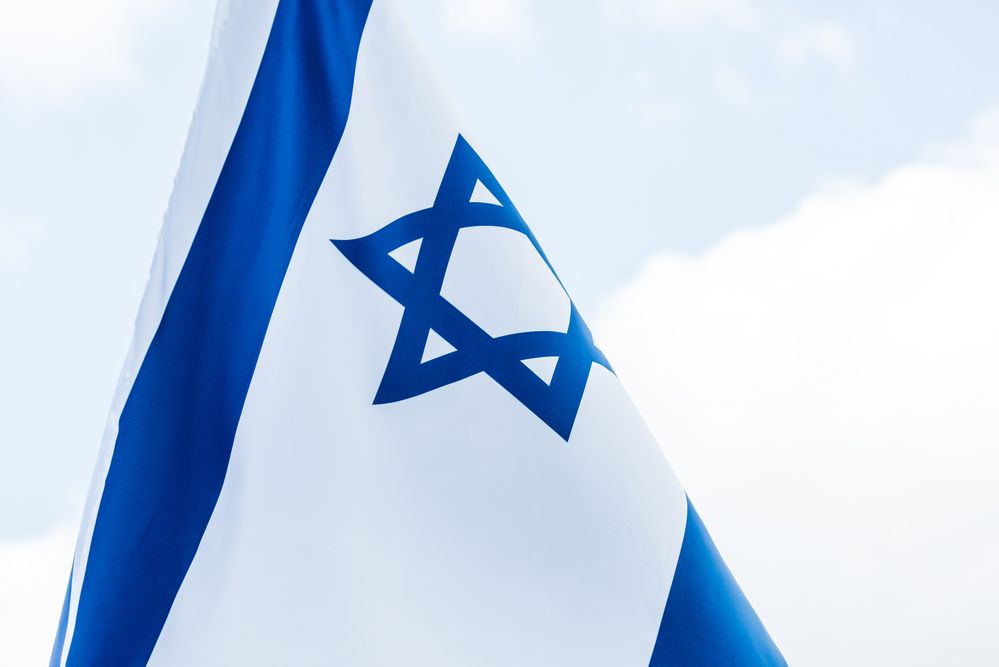
For the past few years, Israel Defense Forces has been working on new system technologies to improve coordination on the ground. An official with Israel’s Defense Ministry Directorate of Defense Research and Development explains that the system is designed to offer voice dialogue between machines and their human operators.
“It’s called Casper,” the official said, “And we wanted the system to be a member of the team: a hybrid team of human and nonhuman operating and working together.”
This type of partnering is somewhat commonly known as manned-unmanned teaming, or MUM-T.
The official adds, “To make this happen, we needed the drone as a team member so I can say ‘go forward’ or ‘cover me’ and the drone can say it observes an objective 90 degrees from us, for example.”
The Israeli Defense Official also notes that approximately 80 percent of the technology’s current capabilities involve voice control of basic drone abilities. This includes things like lifting off and elevating to a specific height. The remaining 20 percent, they add, focuses on drone commands that involve detecting and/or investigating targets. At the same time, the directorate also highlighted that the current system that is being designed specifically for unmanned systems can only understand commands given in Hebrew.
He goes on to say, “We understood we need a new approach of operating systems in a battlefield [where] you need to be aware of surroundings, you need to look forward and have your hands on a weapon and not [a control screen].
Currently, the new directorate has reached the end of its preliminary phase of development, employing only about 20 commands for now. Looking forward, they project the system will be ready for operation after a few more years of development.
Bradley Bowman is the senior director for the Center on Military and Political Power at the Foundation for Defense of Democracies, and he agrees “Voice commands that eliminate the need to look down at a tablet can save vital time and increase soldier situational awareness.”
